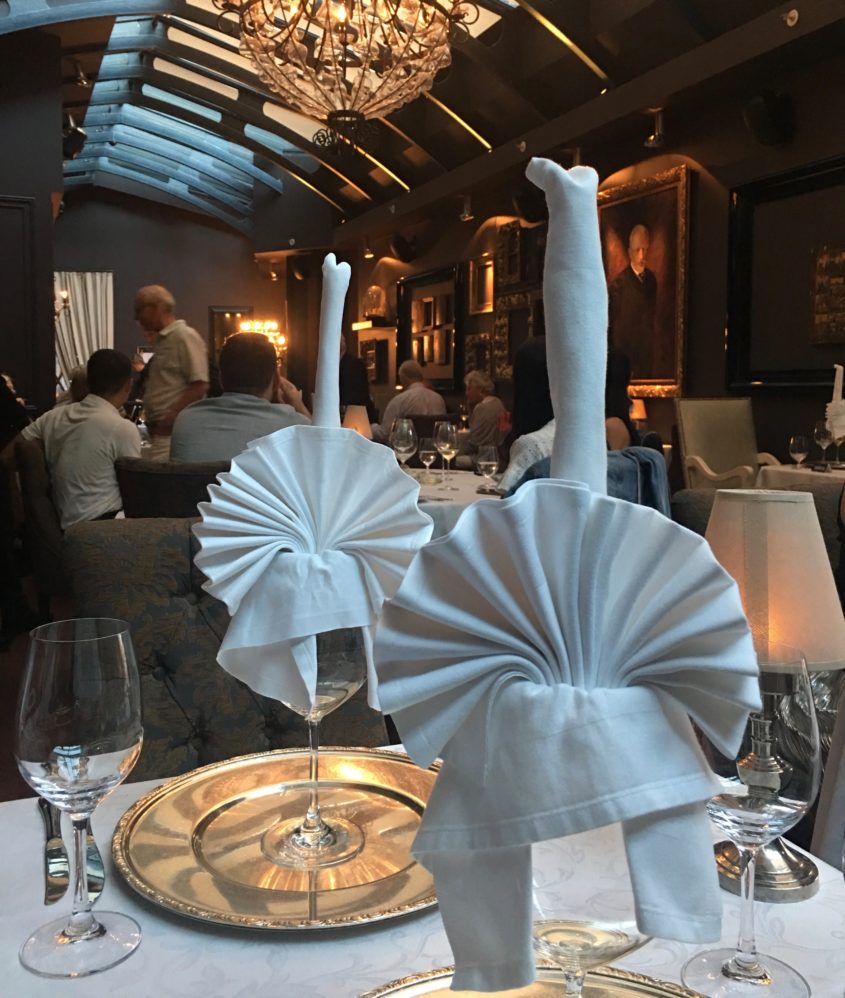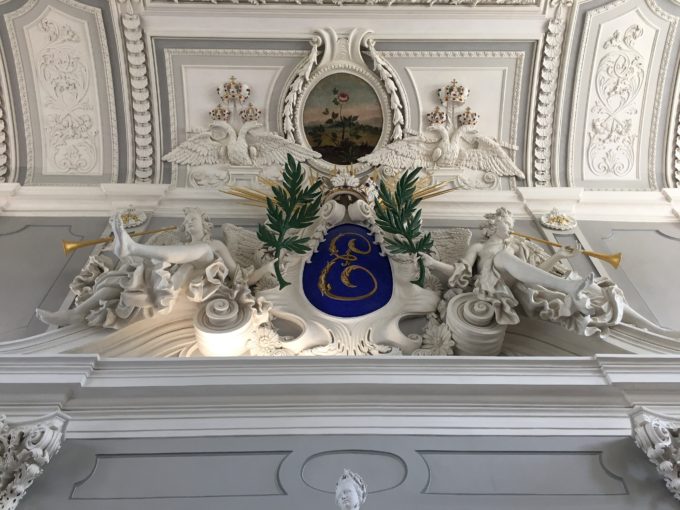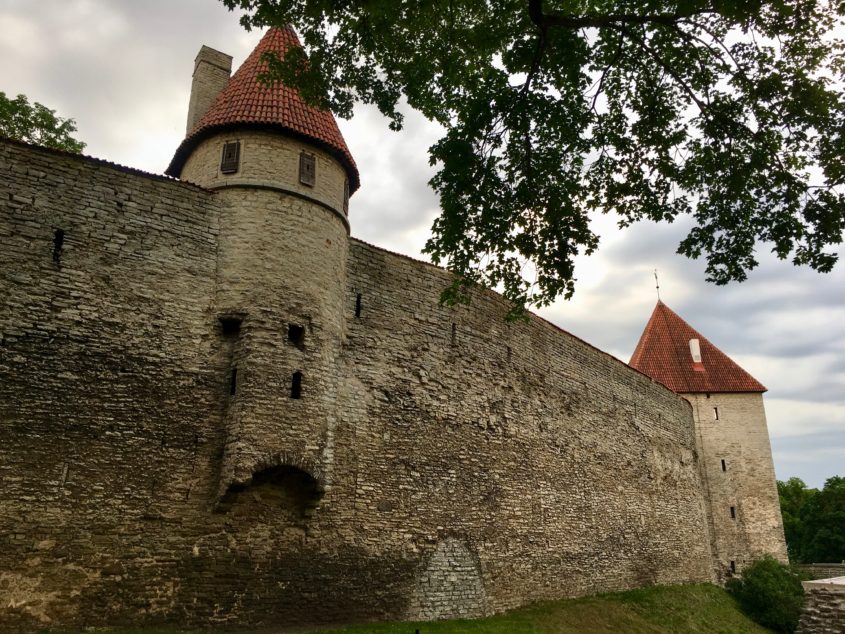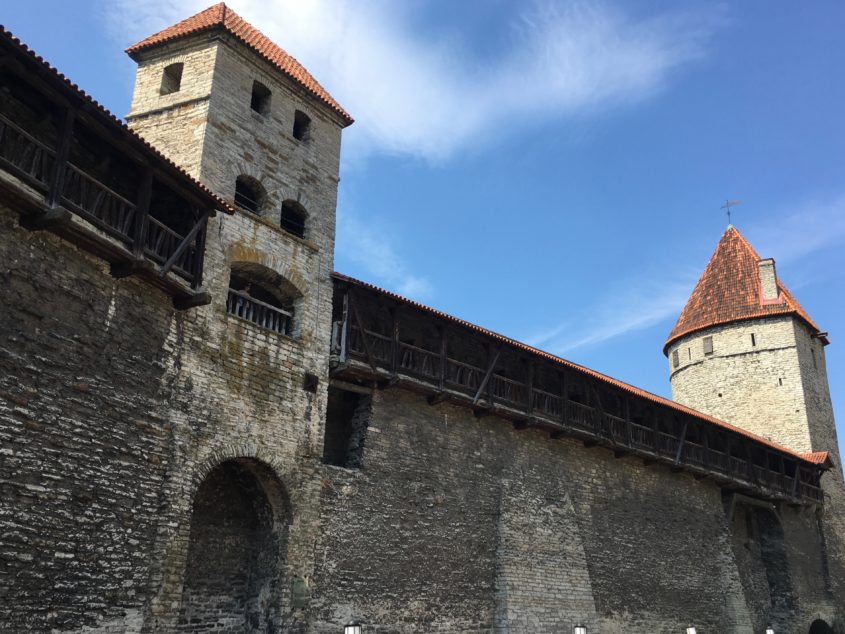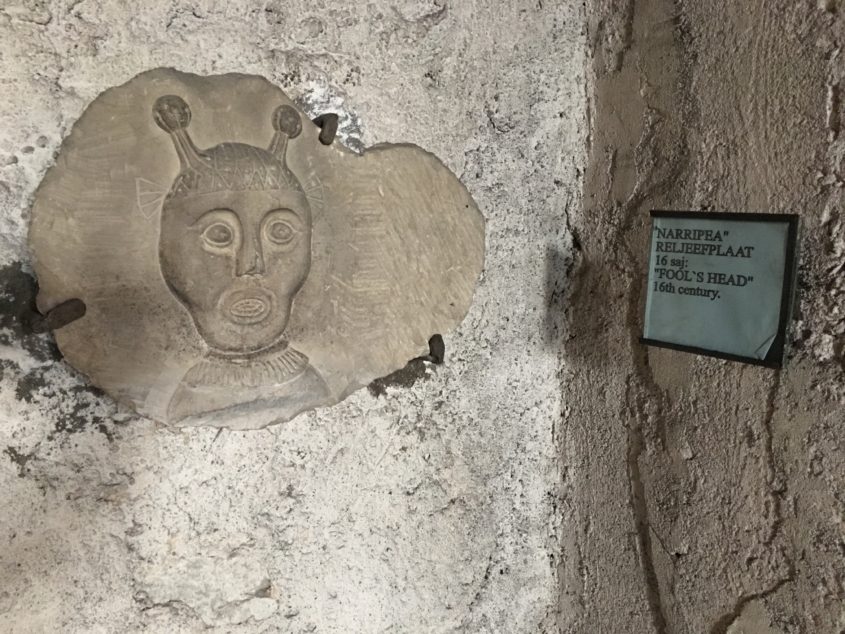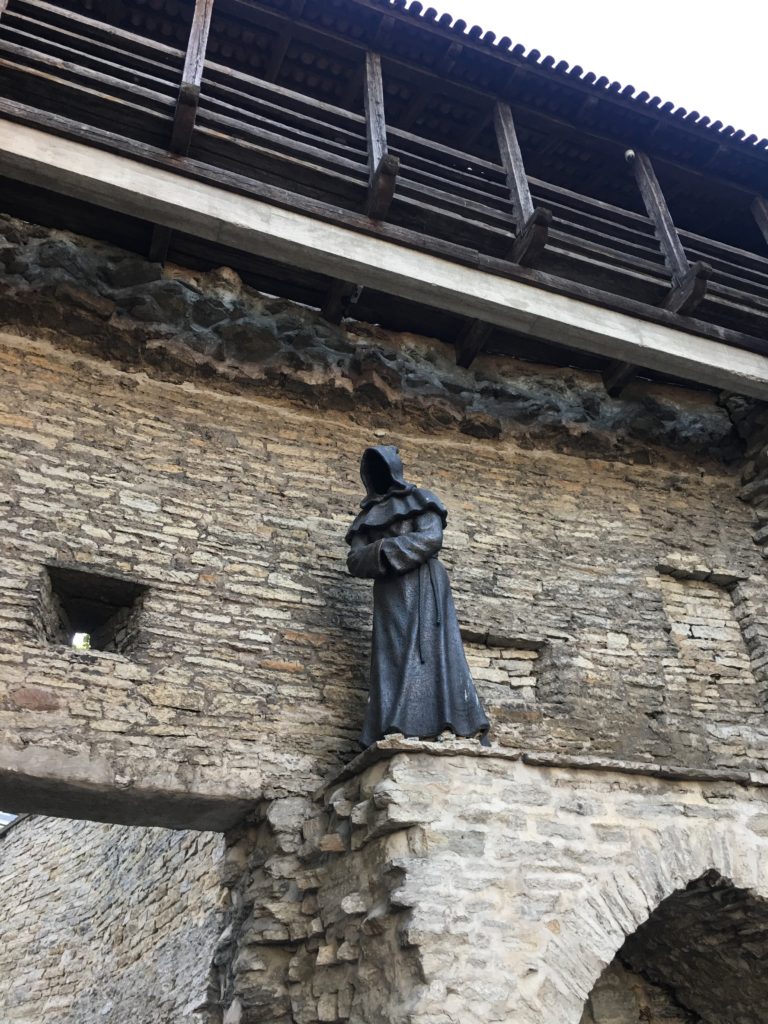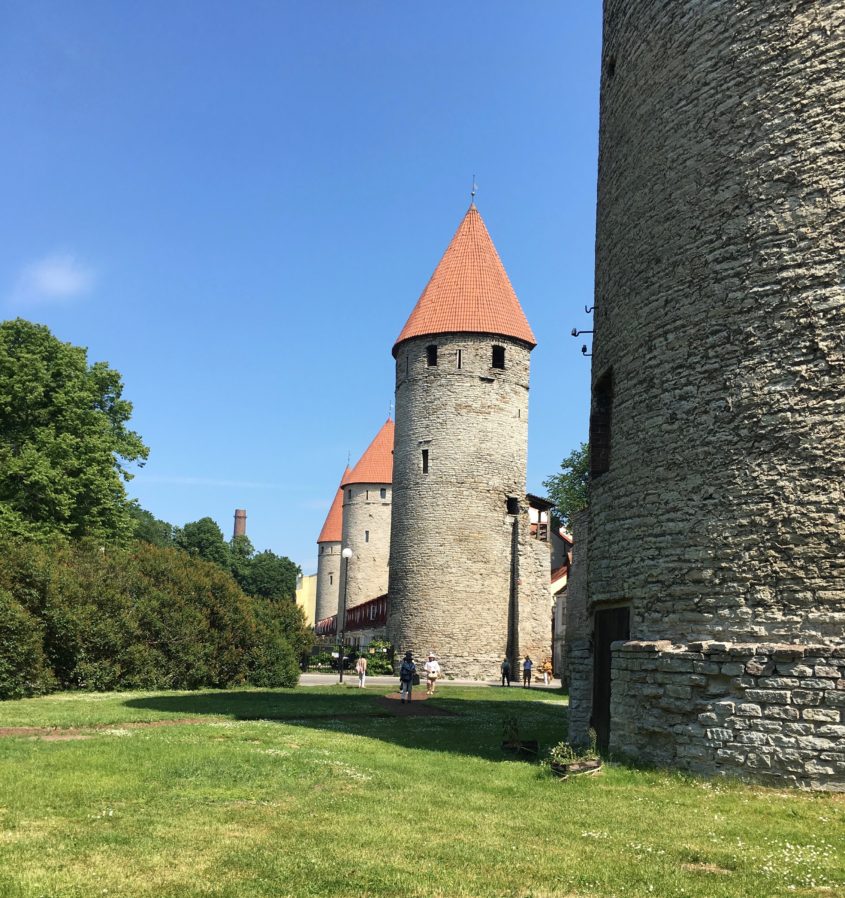As Erma Bombeck once said, when you look like your passport photo, it’s time to go home. And so it is. We’ve hit summer solstice and are on the cusp of the two day holiday – celebrated throughout the Baltics with bonfires and flowered headgear and liters of alcohol (per person, I suspect) — and absolutely everything is about to be closed. It’s also graduation from Gymnasium (advanced high school) and the entire population seems to be carrying a bouquet of flowers.

Flower market 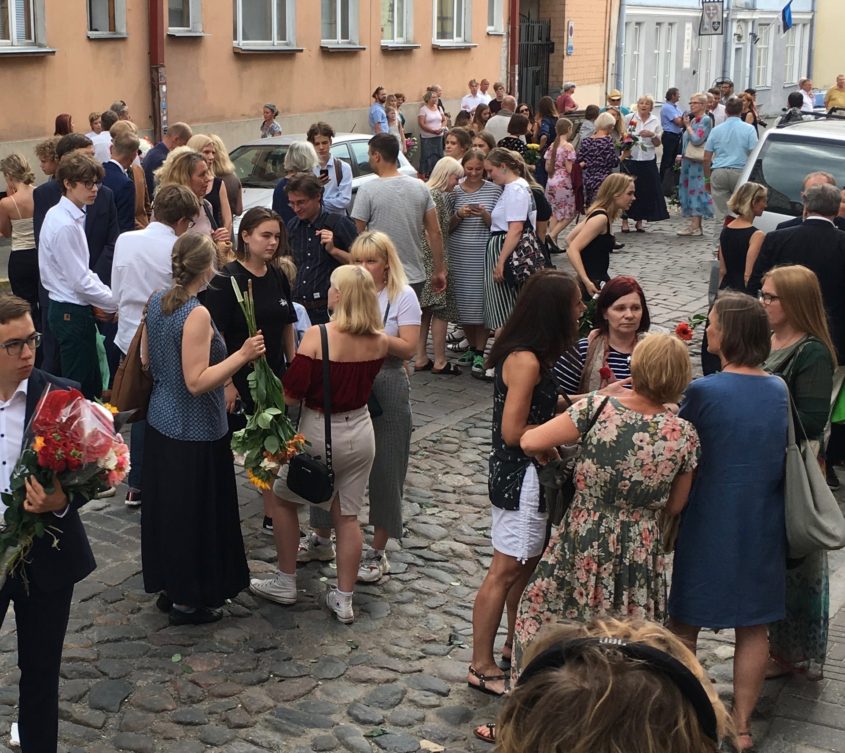
Families posing for graduation photos 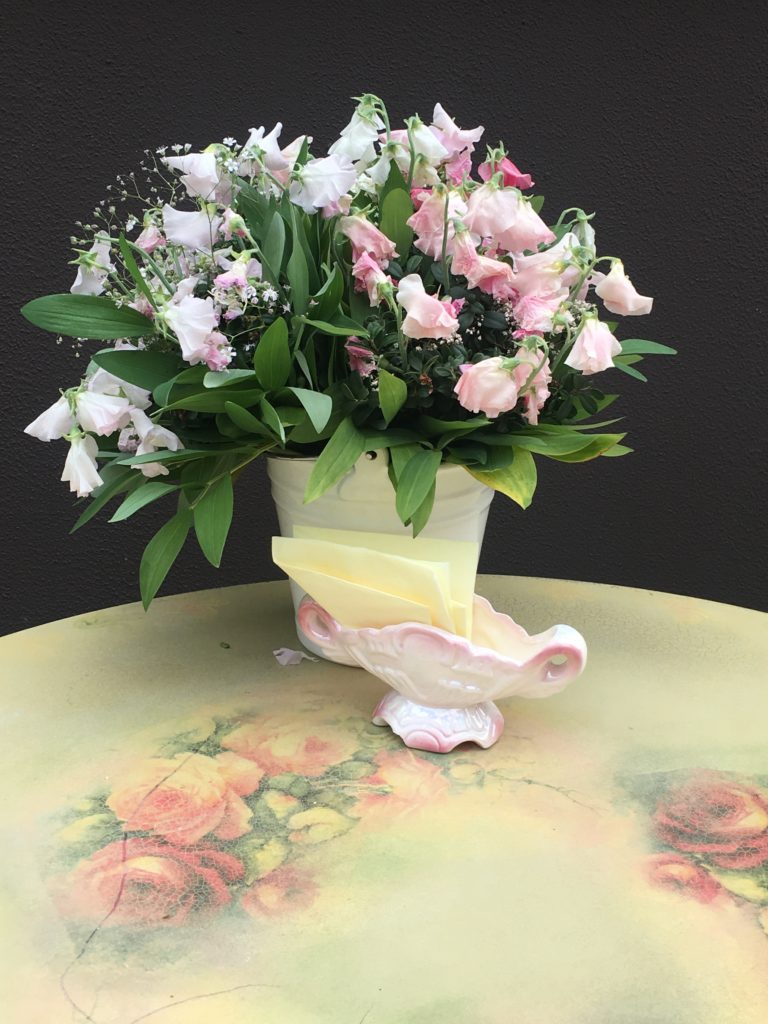
Pretty in pastel
We have meandered to Estonia along the slow roads from Latvia driving the coastal route, hiking through a bog, smiling at the passing birch trees. We stop over in the seaside holiday town of Parnu (favored by the Soviet elite, and still bearing its markings – like an aging tattoo.) The ocean water is surprisingly warm and we hear lots of concerns about rising waters and temperatures in a country at sea level dependent on fishing in fairly frigid seas.
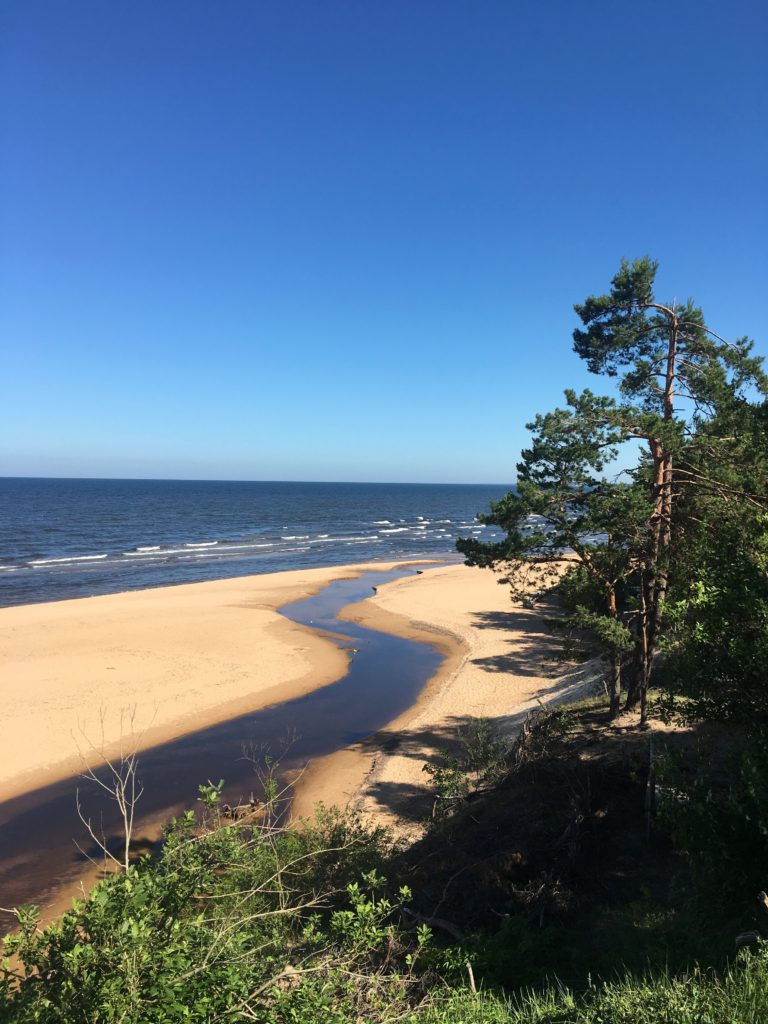
Latvian coast 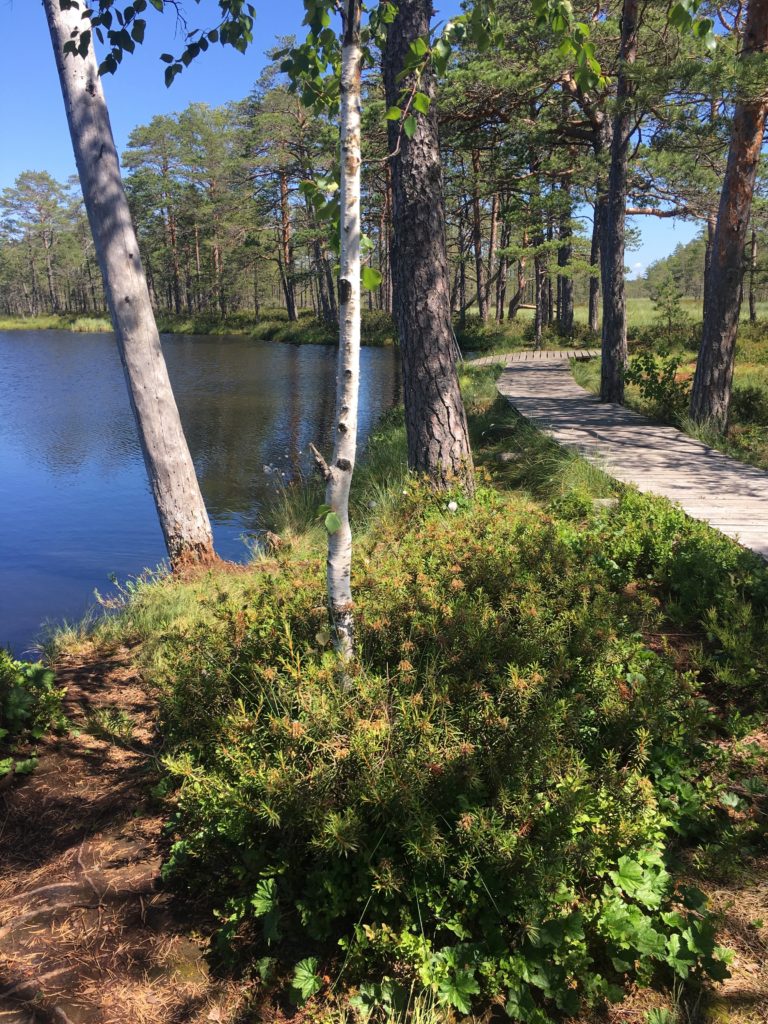
Walking the bogs 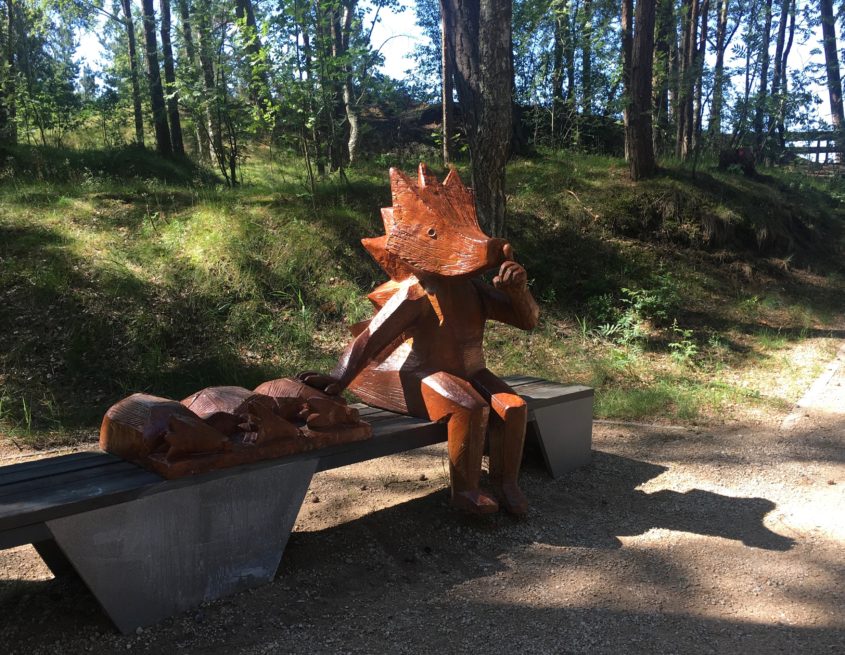
“Shhh” says Hedgehog 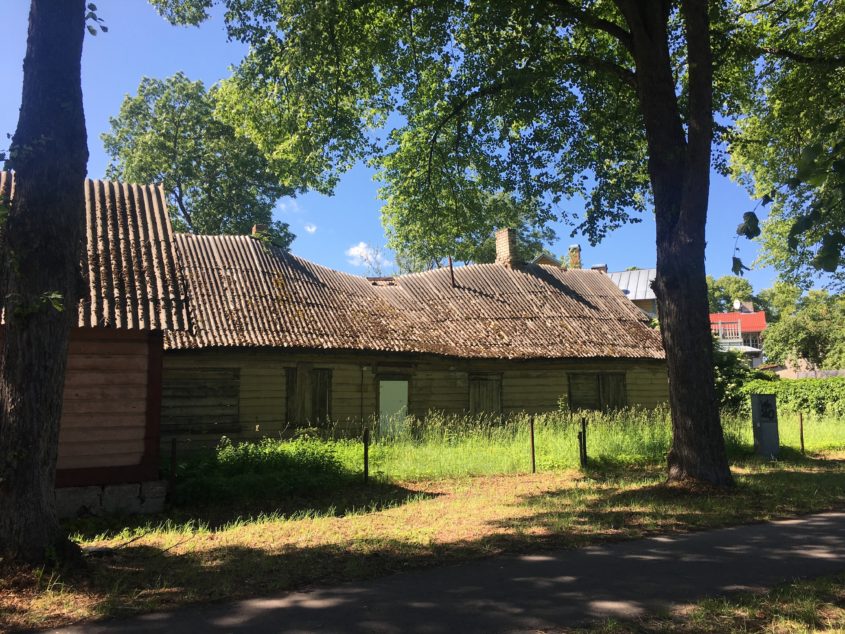
Old Estonian house; living and barn space all together
Unlike the other Baltic capitals, Tallinn is on the Nordic cruise route and its fairytale old town is not meant to accommodate 7,000 cruise passengers disgorged simultaneously. Our first morning we plunge into the town square to find what looks like an evacuation in progress: Dozens of people holding signs and shouting into microphones in many languages shepherd long lines of (mostly old) folks wearing color-coded hats and identifying badges and matching audio devices into and out of the highlight sights so quickly that you wonder what they can possibly grasp. Instead, we seek out the hidden, untrod corners of the city (and resolve never to take a cruise).
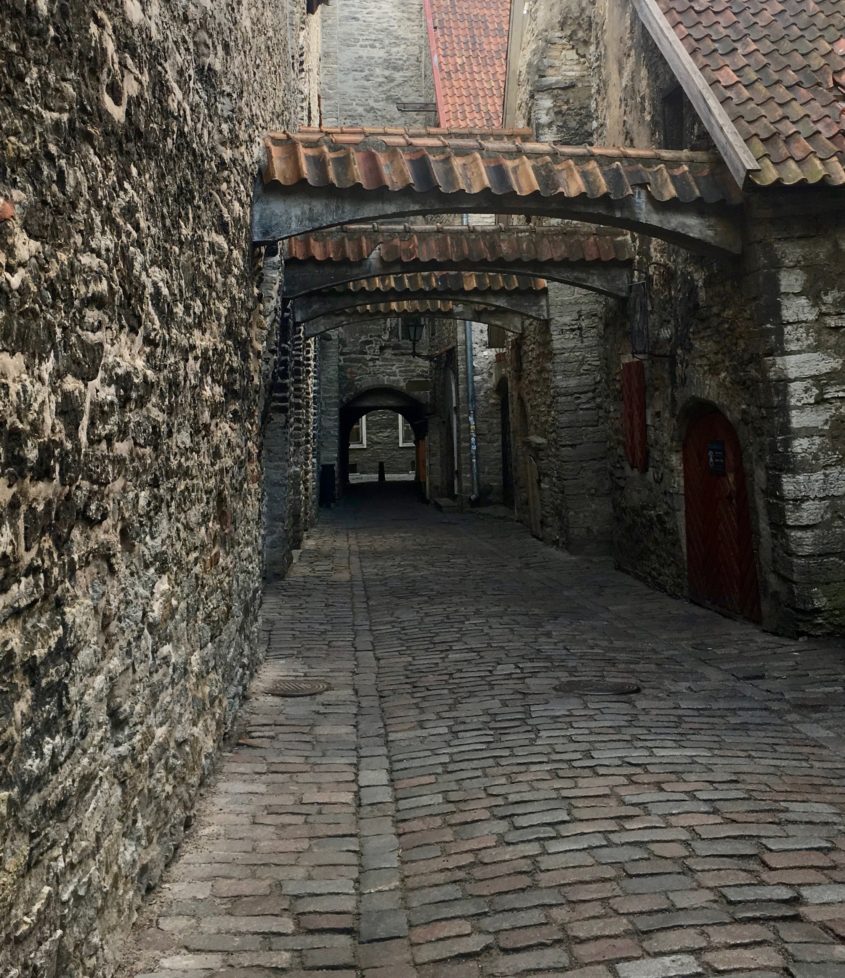
Katerina Krik 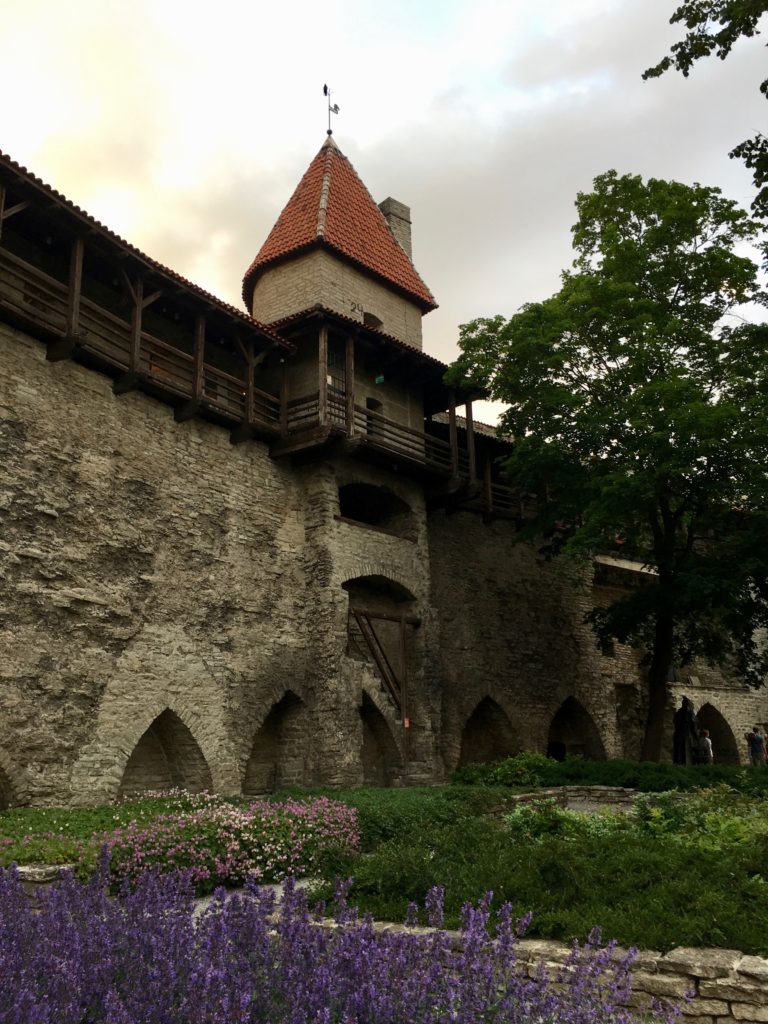
Towering towers 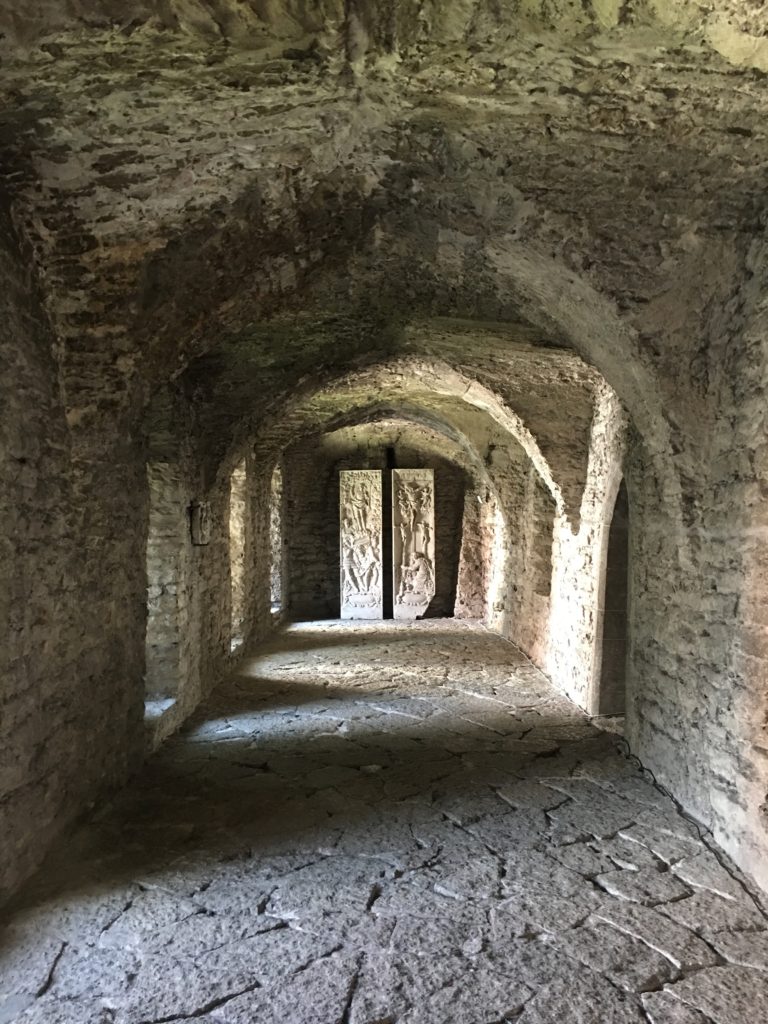
Old Dominican Monastery
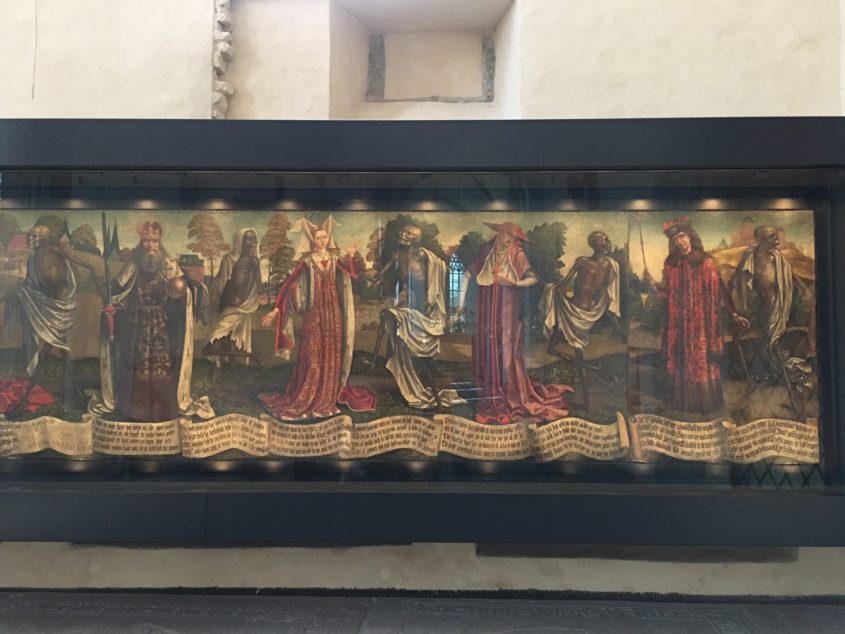
As we’ve moved north the sun has stayed higher later and Tallinn is at its best late at night when the day-trippers have gone and the medieval magic is almost real. As we’ve moved north, each city has become more expensive than the last (all still pretty cheap compared to Western Europe). And as we’ve moved north each country has become less Catholic, more Protestant, less religious and more “Scandinavian” in feel. As with the previous cities – the food is fantastic.
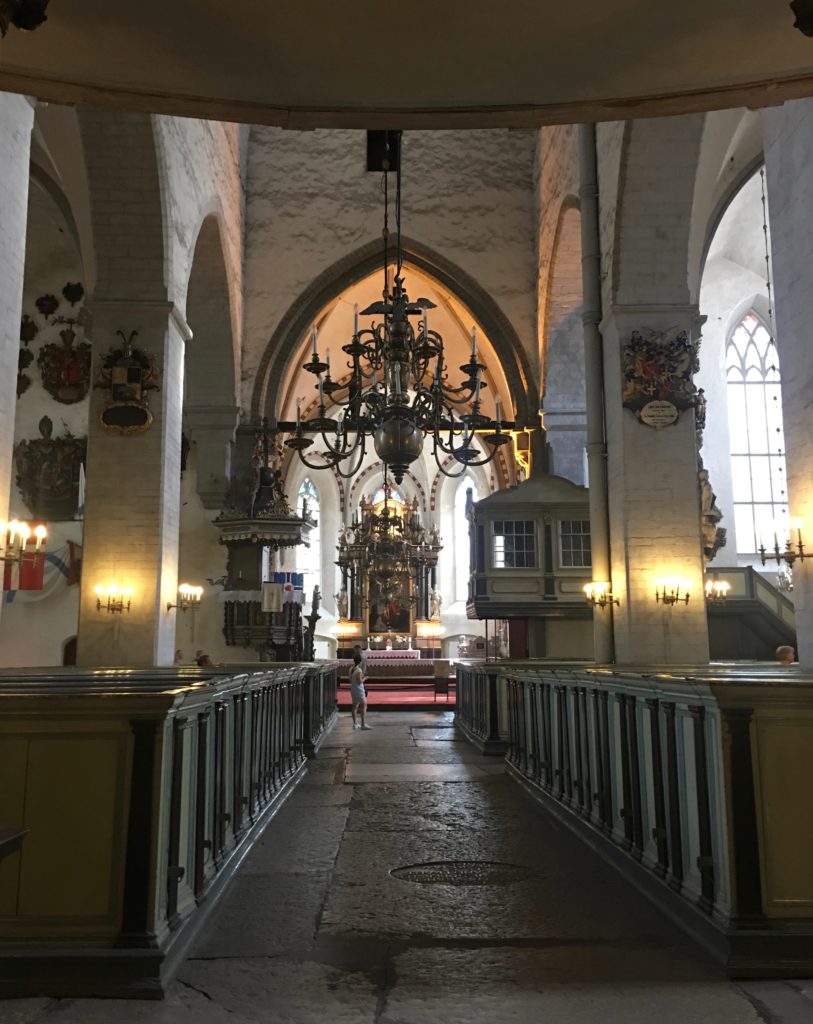
St Johns Lutheran Cathedral. 1400s 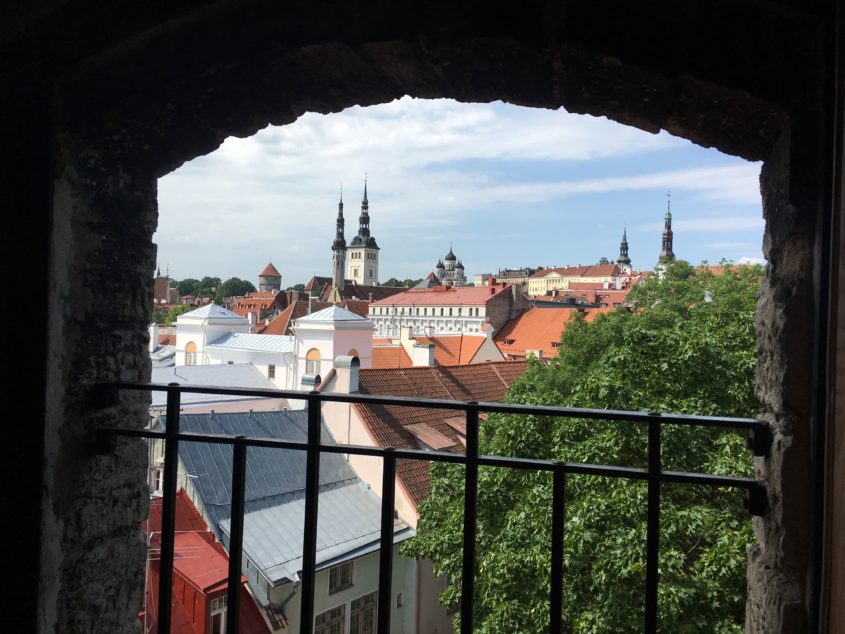
View from the ramparts 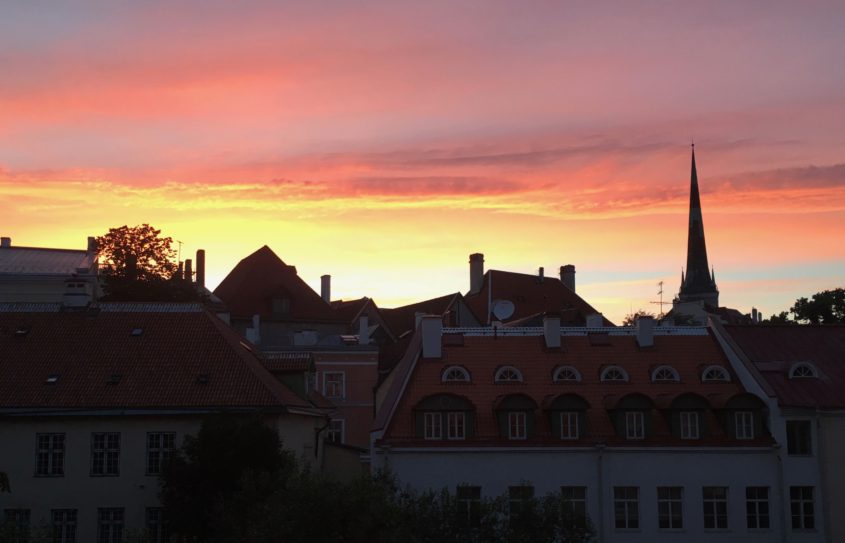
11:23 PM June 20. 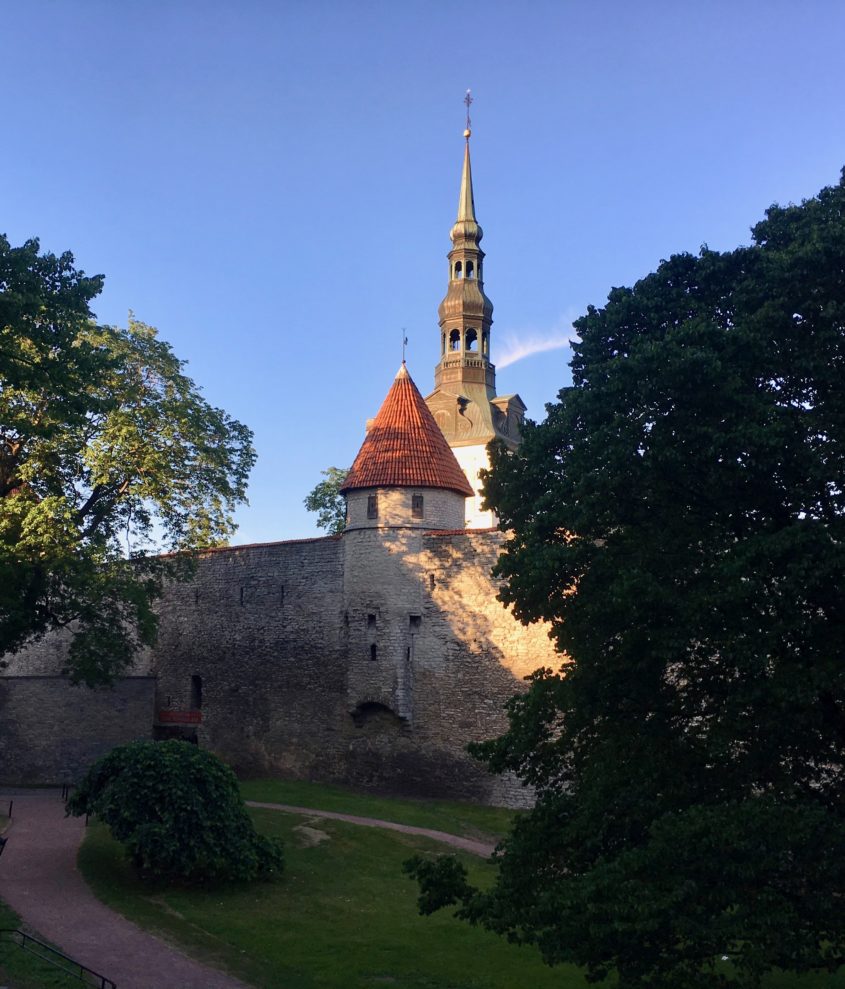
The 15th century city walls made Talinn the most heavily fortified city in
Northern European. Extensive walkable sections still survive.
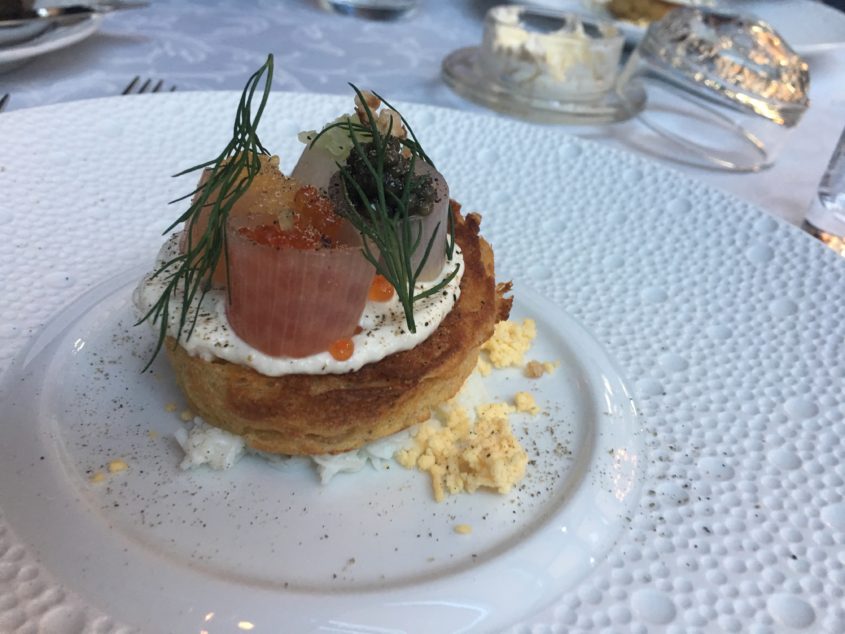
Estonia had a far smaller pre-WWII Jewish population that Lithuania and Latvia, and most of them managed to “escape” to the Soviet Union on the eve of Hitler’s invasion. Of the 1,000 who remained, all were murdered. There is hardly any local Jewish population today. Interesting to note that moving northwards from Lithuania through Latvia and Estonia also saw fewer active collaborators and enthusiasts in the rounding up and dispatching of Jews. As we read, and have been told, Jews were more often hated because they were communist than because they were Jews. (Small comfort; old story. ) Estonia is very much in Russia’s back yard, basically a few harbors away from St. Petersburg, and the Russian effect is apparent. Like Riga, half the population is ethnic Russian and Russian-speaking.
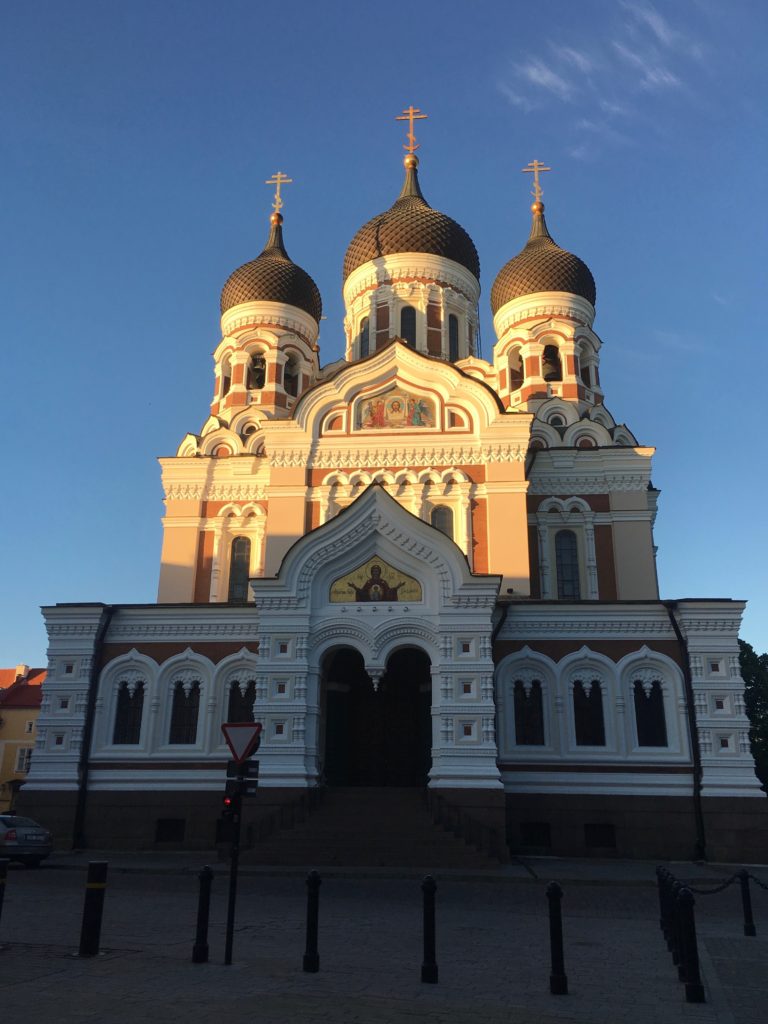
St. Nicholas Orthodox Cathedral 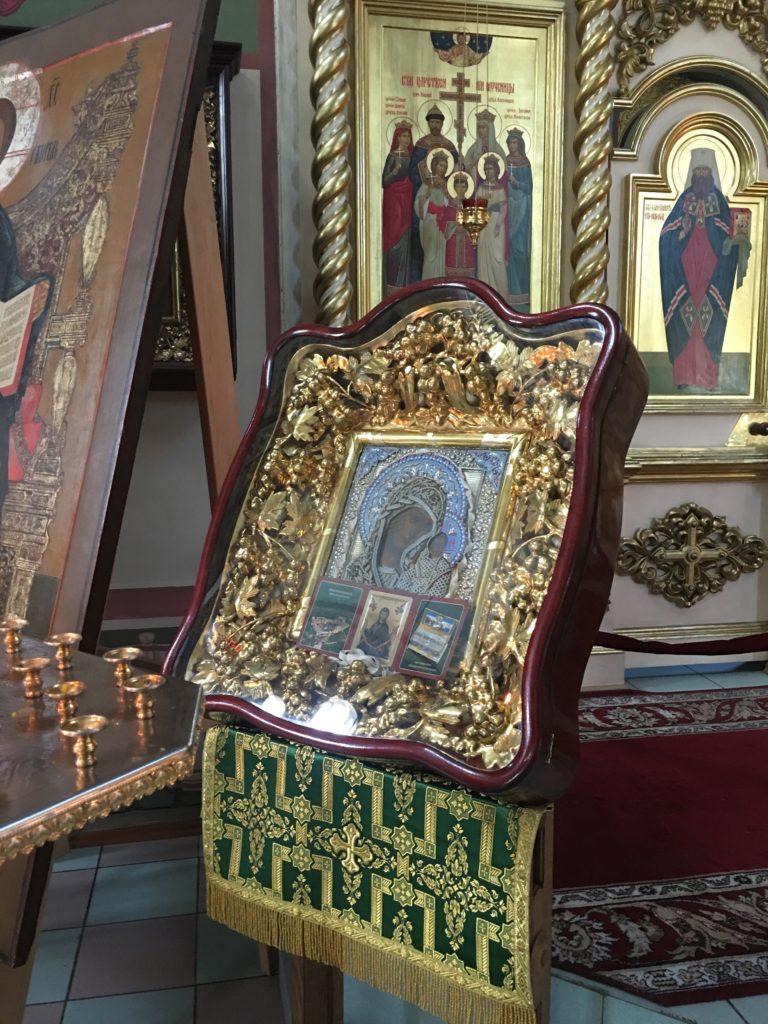
The power of icons 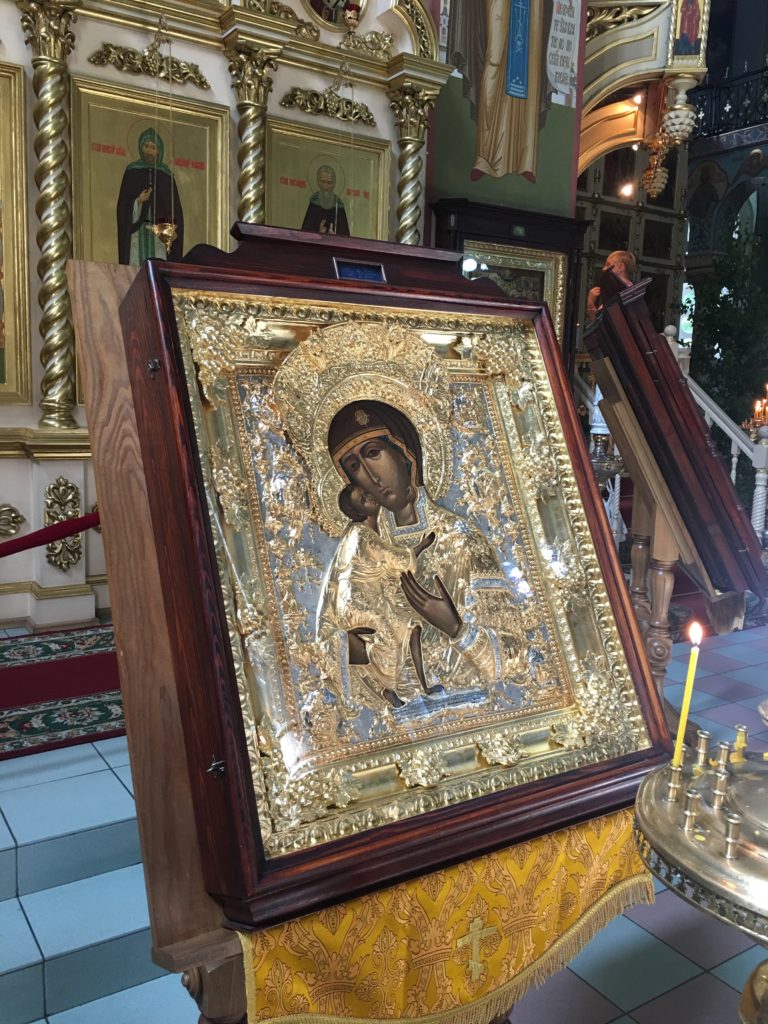
Rare and breathtaking
In our search to avoid tourist hordes we head out to lovely Kadrioga park to the art museums both old – (palace built by Peter the Great) and new – (largest contemporary art centre in the Baltics). So often museums have saved us on the road – always calm, air conditioned, contemplative, with decent bathrooms, restaurants and places to rest your weary butt.
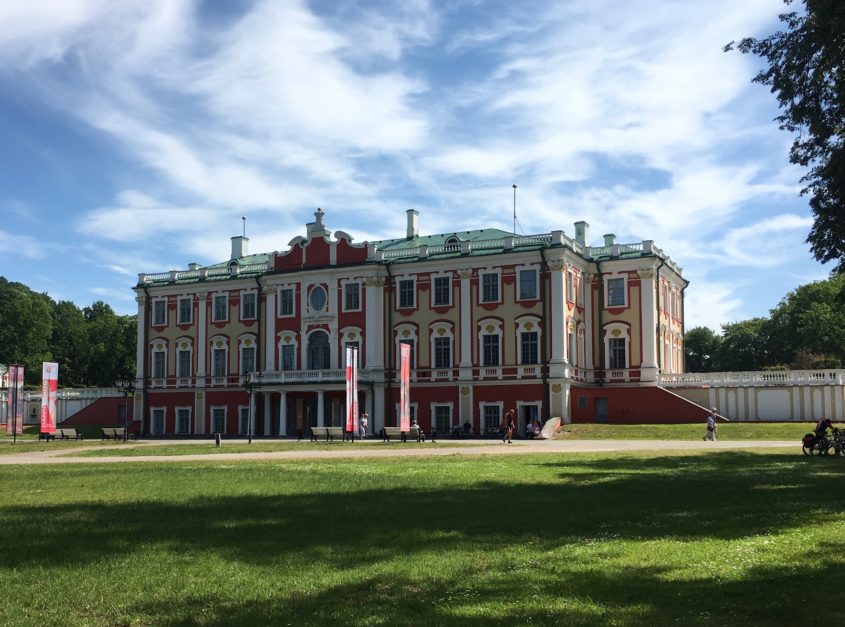
Peter the Great was here. Kunstmuseum 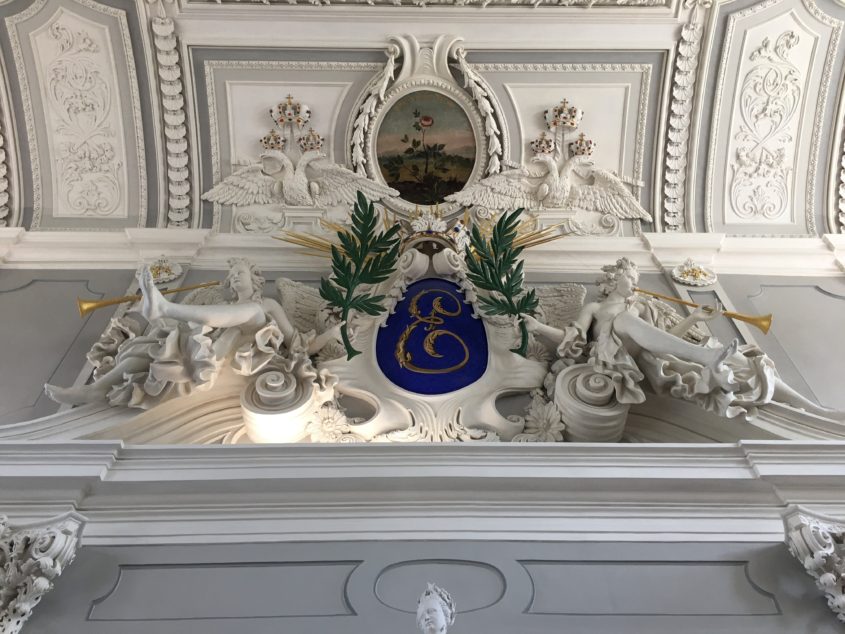
Ceiling detail 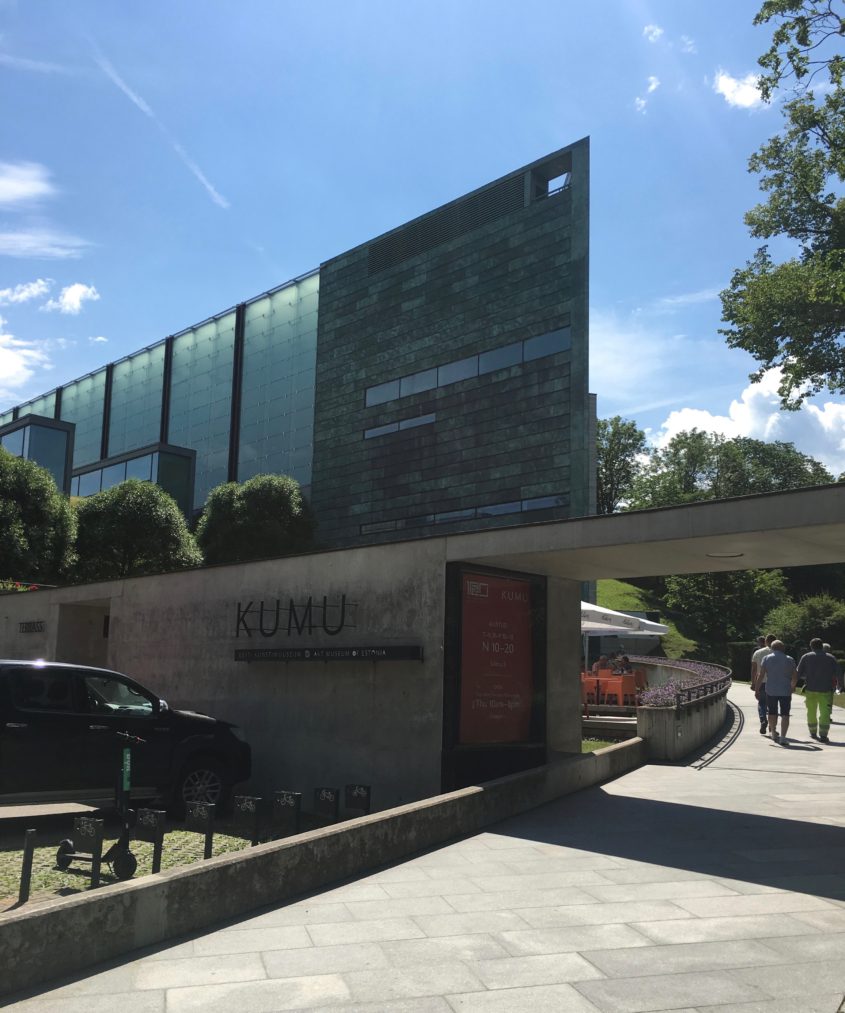
Largest contemporary art museum in the Baltics: KUMU 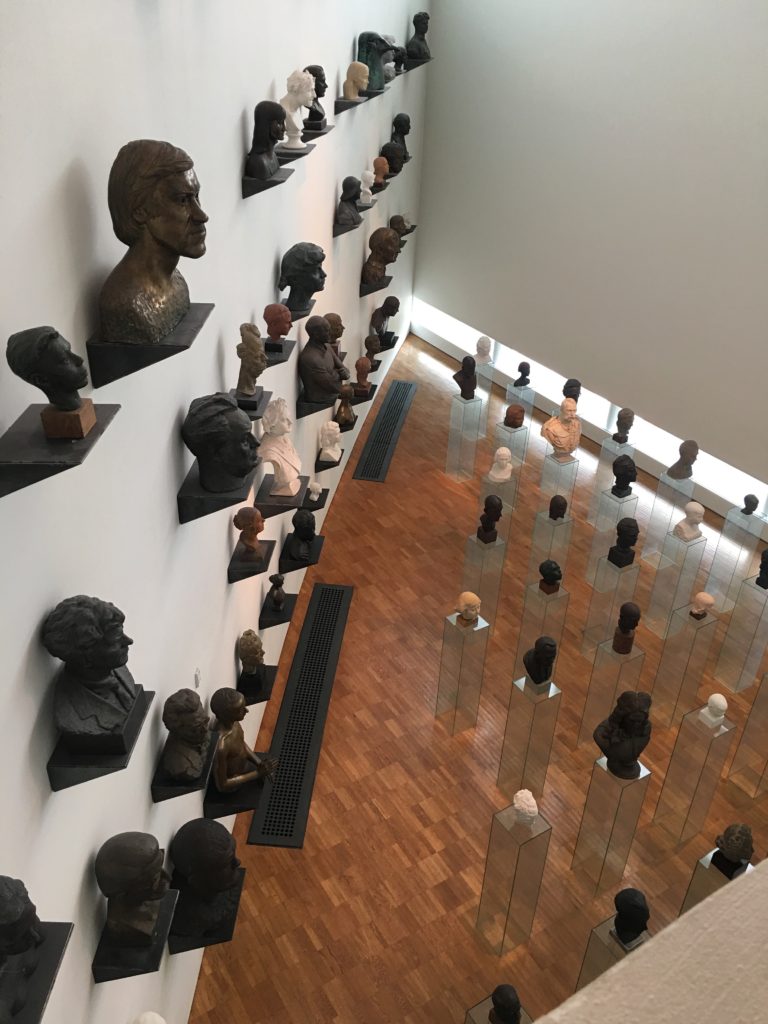
The wall of heads: KUMU 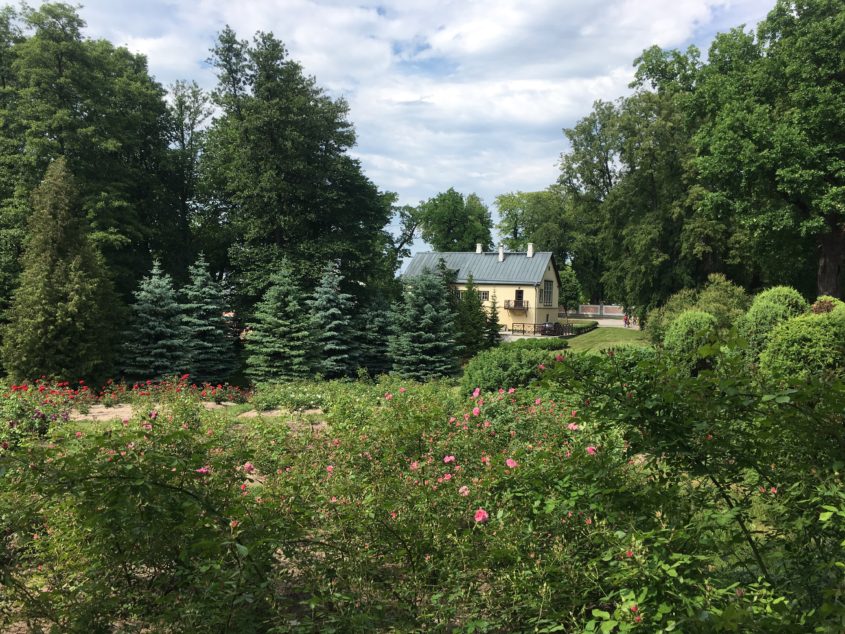
Lovely Kadrioga park
Parting scenes of what could have been sets for Game of Thrones: (Thank goodness it was spared.) The town is about to be loved to death as it is.
